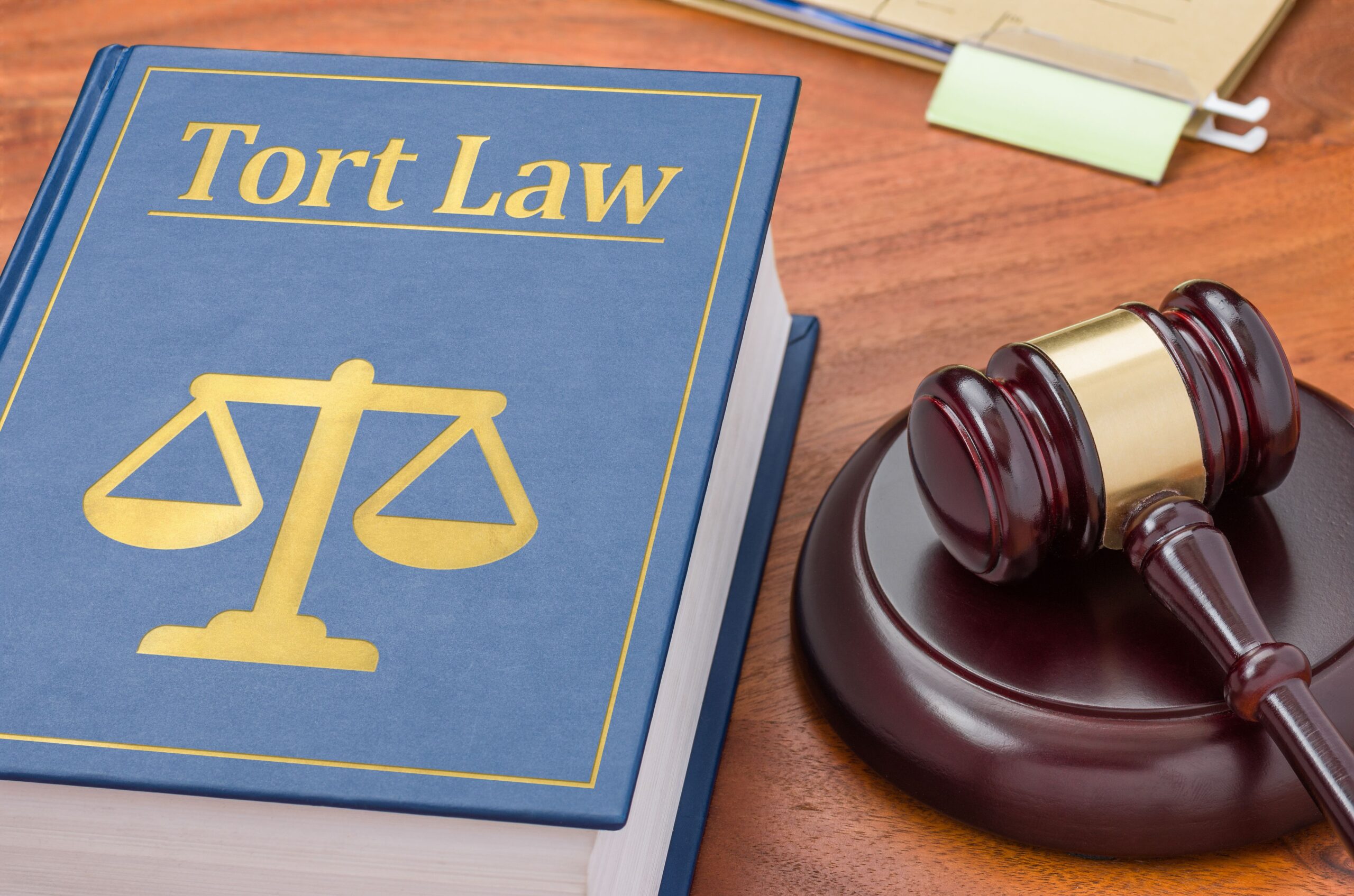When we talk about the law, things can sometimes seem complicated. But today, we’re going to break down a concept called “comparative negligence” in Florida law. Don’t worry; we’ll keep it simple and easy to understand, just like explaining something to a 5-year-old!
What is Comparative Negligence?
Let’s start by breaking down the term. Imagine you’re playing with a toy, and you accidentally knock over a glass of milk. If you were the one who made the mess, you might be responsible for cleaning it up. But what if your friend was playing rough and accidentally bumped into you, causing the spill? In this case, both you and your friend share some of the responsibility for the mess.
In Florida law, “comparative negligence” is a way to figure out how to share responsibility when more than one person is at fault for an accident or injury. It’s like dividing up the blame and deciding how much each person should pay for the damage. Also read Understanding Comparative Negligence in Florida Law
How Does Comparative Negligence Work in Florida?
To make things clearer, let’s use an example. Imagine you were driving your car and got into an accident with another driver. Both of you might have done things that contributed to the crash. Maybe you were speeding a little, and the other driver was distracted by their phone.
In Florida, the law uses comparative negligence to determine how much each person is responsible for the accident. If you were 40% at fault and the other driver was 60% at fault, this percentage helps decide how much money each person should pay for the damages.
The Two Types of Comparative Negligence
Florida uses a specific type of comparative negligence called “modified comparative negligence.” There are two main types of this system:
Pure Comparative Negligence
In some places, they use “pure comparative negligence.” This means that if you’re 90% at fault, you can still recover 10% of the damages from the other party. So even if you’re mostly to blame, you can still get some compensation.
Modified Comparative Negligence
Florida follows the “modified comparative negligence” rule with a slight twist. This means you can only recover damages if you are less than 50% at fault. If you’re 51% or more at fault, you can’t get any money from the other party. It’s a bit stricter than pure comparative negligence.
Why Is Comparative Negligence Important?
Comparative negligence helps ensure fairness in legal cases. If you’re partially at fault for an accident, you shouldn’t get all the blame or all the money. This system makes sure that everyone’s share of the responsibility is recognized, and compensation is divided accordingly. It helps to avoid punishing someone unfairly and ensures that damages are distributed in a way that reflects everyone’s level of fault.
Real-Life Example of Comparative Negligence
Let’s put this into a real-life scenario. Suppose you’re walking in a store and slip on a wet floor. You didn’t see the “Wet Floor” sign, but the store should have cleaned up the mess better. If a court finds that you were 30% at fault because you weren’t paying attention, and the store was 70% at fault for not maintaining safety, you’d only be able to recover 70% of the damages you claim from the store.
How Comparative Negligence Affects Insurance Claims
When you’re dealing with insurance after an accident, comparative negligence plays a big role. Insurance companies use it to decide how much they should pay for your damages. If the other party is found to be more at fault, their insurance might cover a larger part of the cost. But if you’re found to be more at fault, you might end up paying more yourself.
The Role of Comparative Negligence in Personal Injury Cases
In personal injury cases, comparative negligence helps to figure out how damages should be divided between the parties involved. If you get hurt in an accident, and you’re partially responsible for the accident, your compensation will be reduced based on your percentage of fault.
How to Prove Your Case
If you’re in a situation where comparative negligence is involved, proving your case is important. You need to show evidence that demonstrates the other party’s fault and how much it contributed to the accident. This might include photos, witness statements, or expert opinions. The more evidence you have, the better chance you have to prove your side of the story.
Dealing with Comparative Negligence in Florida Courts
In Florida courts, comparative negligence is a key part of deciding cases. Judges and juries look at all the evidence and determine how much each party is responsible. They then use this information to figure out how to divide the damages. It’s a careful process to make sure that everyone gets a fair outcome based on their level of fault.
Tips for Handling Comparative Negligence
Here are a few tips to keep in mind if you’re dealing with comparative negligence:
- Gather Evidence: Always collect as much evidence as you can, like photos, videos, and witness statements. This helps to show your side of the story.
- Be Honest: When talking about the accident, be honest about what happened. Lying or exaggerating can hurt your case.
- Get Legal Advice: Consult with a lawyer who knows about Florida law and comparative negligence. They can guide you through the process and help you understand your rights.
Conclusion
So, what is comparative negligence in Florida law? It’s a way of sharing the blame when more than one person is at fault for an accident. By dividing the responsibility based on how much each party contributed to the accident, Florida ensures that everyone gets a fair outcome. Understanding this concept can help you navigate legal and insurance matters more effectively.
Even though it might sound complicated at first, comparing negligence is just about figuring out who’s responsible and how much they should pay. With the right information and advice, you can handle these situations with confidence.





